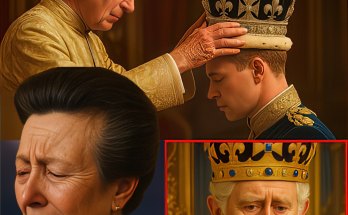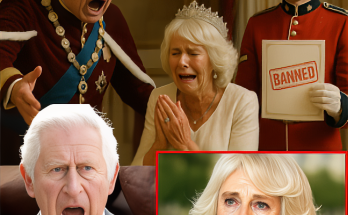Sharpen Your Senses: The Ultimate Guide to Finding 5 Differences in a Cartoon Bathroom Puzzle
Why “Spot the Difference” Puzzles Are So Addictive
Have you ever caught yourself endlessly scanning two nearly identical images, determined to uncover every tweak and twist? Spot-the-difference games tap into our natural love of puzzles, offering a perfect blend of challenge and reward. When you finally spot that last missing toothbrush or altered floor tile, you get a little rush of triumph—no wonder these brain teasers have graced newspapers, apps, and family game nights for generations.
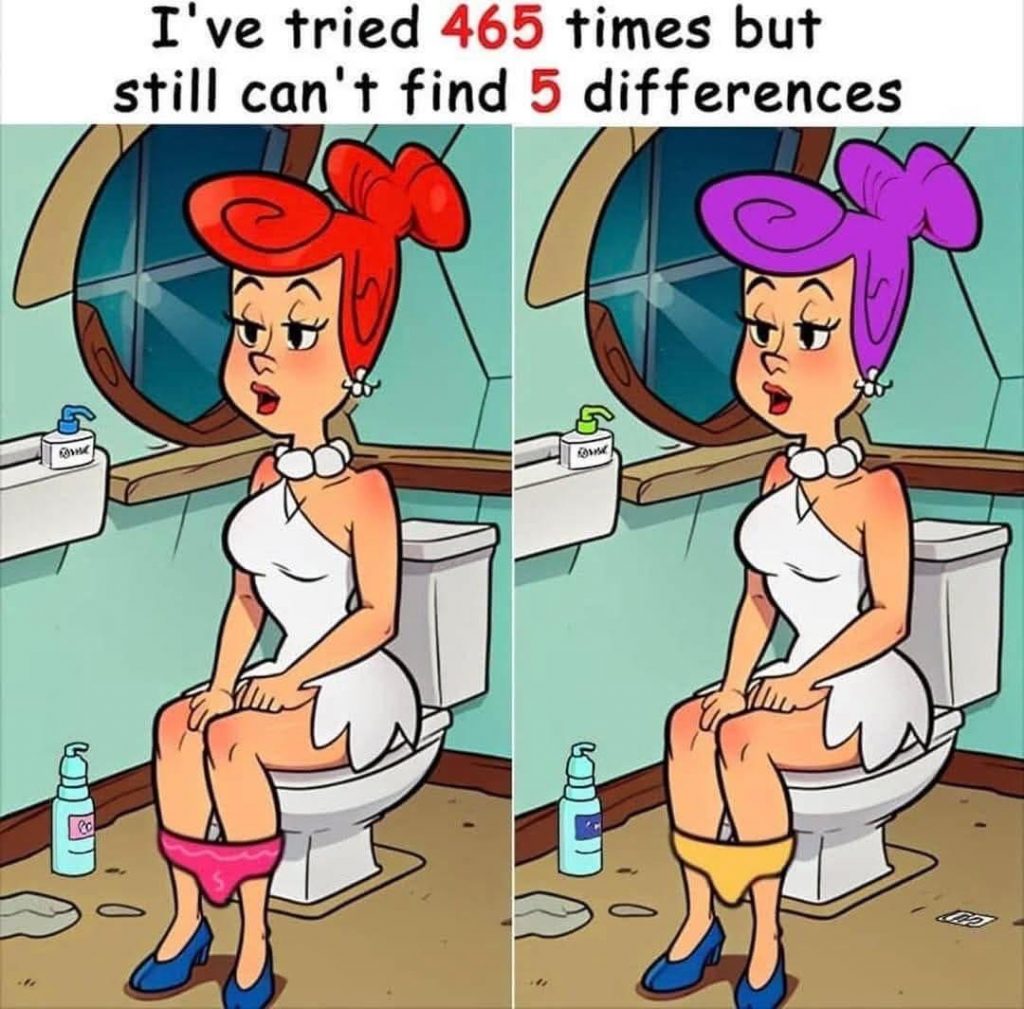
How Spot-the-Difference Puzzles Boost Your Brain
Beyond sheer fun, these visual puzzles offer real cognitive perks:
- Enhanced Focus:Training your eyes to detect subtle changes hones attention to detail—a skill useful in everything from proofreading emails to noticing road signs.
- Visual Memory Workout:Keeping track of which areas you’ve scanned strengthens short-term memory and prevents you from retracing the same spot.
- Stress Relief:When you immerse yourself in a simple, goal-oriented task, your mind momentarily forgets daily worries, ushering in a meditative “flow” state.
- Quick, Accessible Fun:No equipment required—just your eyes, a timer (optional), and the image itself.
Meet the Puzzle: A Stylish Cartoon Lady in the Loo
Our latest challenge features a retro-style cartoon woman perched on a toilet seat in a whimsically tiled bathroom. At first glance, both versions look identical: the same sassy hairstyle, chic white dress, and blue pumps. But look closer—five sly swaps stand between you and victory. Let’s break down how to systematically unearth them.
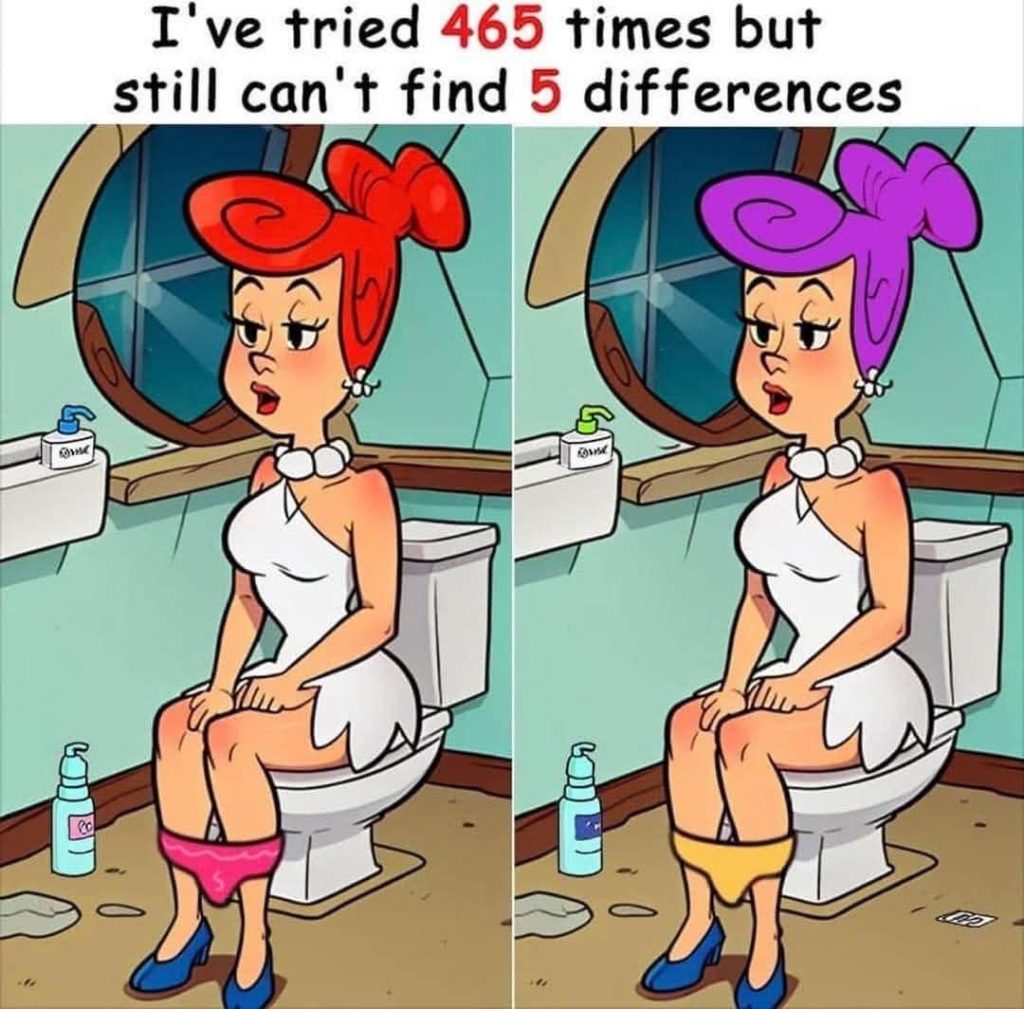
Step-by-Step Strategy for Finding All 5 Differences
- Divide the Scene into Sections
Mentally split the image into quadrants—upper left, upper right, lower left, lower right. This ensures you methodically cover every inch without skipping the edges. - Scan for Color and Accessory Tweaks
Start with the obvious: the hair ribbon, the soap dispenser, and the little bottle on the floor. Color swaps or missing stripes often jump out first. - Inspect Objects Added or Removed
A clock might appear on one wall but not the other, or a second potted plant could vanish in a sneaky corner. Check each shelf, ledge, and tile starburst for hydration. - Note Shape and Placement Shifts
Sometimes only the angle of a window frame or the tilt of a floor tile changes. Trace straight lines—window panes, wooden trim—to catch misalignments. - Mark as You Go
If you’re working on paper, lightly circle every difference in one image. On-screen, use a semi-transparent highlight tool (or just jot down a quick list). This prevents circular scanning and keeps you focused on fresh areas.
Spotlight on the 5 Differences in Our Bathroom Scene
Ready for hints? Here are the areas where the artist slipped in subtle changes:
- Hair Ribbon Hue:The lady’s bow is bright red in the left image, but a vibrant purple on the right.
- Soap Dispenser Pump:Notice the faucet of the soap bottle on the sink—blue on one side, green on the other.
- Floor Bottle Label:The care product on the floor sports a pink logo in the original but a blue one when altered.
- Panty Color Swap:Her under-dress panties change from bubblegum pink to warm yellow—look just above her ankles!
- Wall Clock Debut:A chic, round clock appears above the window in the revised version—nowhere to be seen on the left.
Each of these touches plays with color, placement, or new objects. Spot them all, and you’ll master this five-difference puzzle in no time.

Advanced Tips to Hone Your Difference-Detecting Superpowers
- Use Peripheral Vision:Rather than staring directly at each detail, soften your focus and let differences “pop” into view on the fringes of your sight.
- Grayscale Technique:Squint or convert the image to black and white—this strips away distracting hues and highlights shape changes.
- Timed Drills:Challenge yourself to beat your personal best. A 90-second goal for five differences spurs you on without overwhelming.
- Rotate for Fresh Perspective:If you’re puzzling on paper, gently turn it 10–15°—sometimes a slanted view reveals what straight-on scanning missed.
Why Everyone Should Try Spot-the-Difference
- Kids:Builds visual discrimination and concentration before they even know they’re learning.
- Teens & Adults:Offers a quick, engaging break from screens and stress.
- Seniors:Gentle brain exercise helps maintain cognitive speed and sharpness.
No matter your age, five minutes of focused puzzle time refreshes the mind and feeds your inner detective.
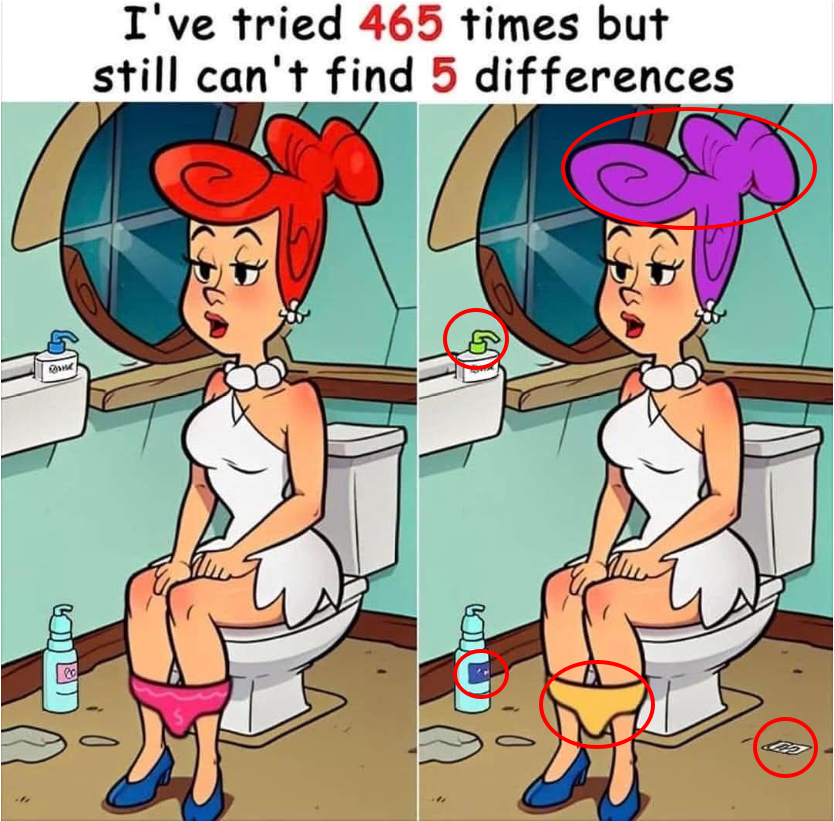
Conclusion: Celebrate Your Sharp Eyes
Congratulations—by following our methodical quadrant scans, color-contrast checks, and shape-spotting strategies, you not only found all five differences in our cartoon bathroom puzzle but also sharpened your observation skills. Next time you’re browsing a newspaper, app, or family magazine and spot a “find the difference” challenge, remember these tips. Lean in, mark each discovery, and relish that satisfying click when you finally uncover the last elusive change. Here’s to keen eyes, quick finds, and the simple pleasure of visual puzzles!
